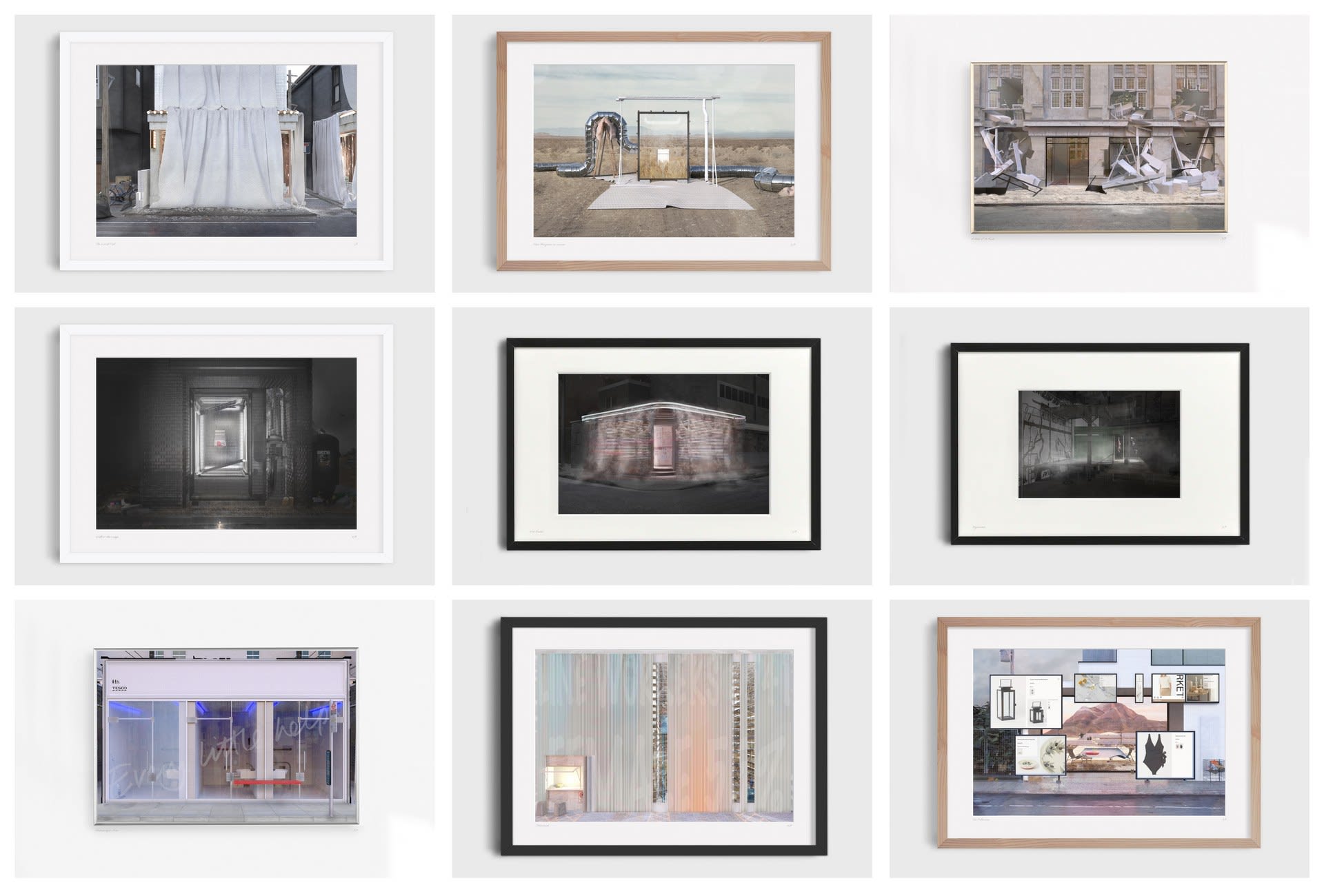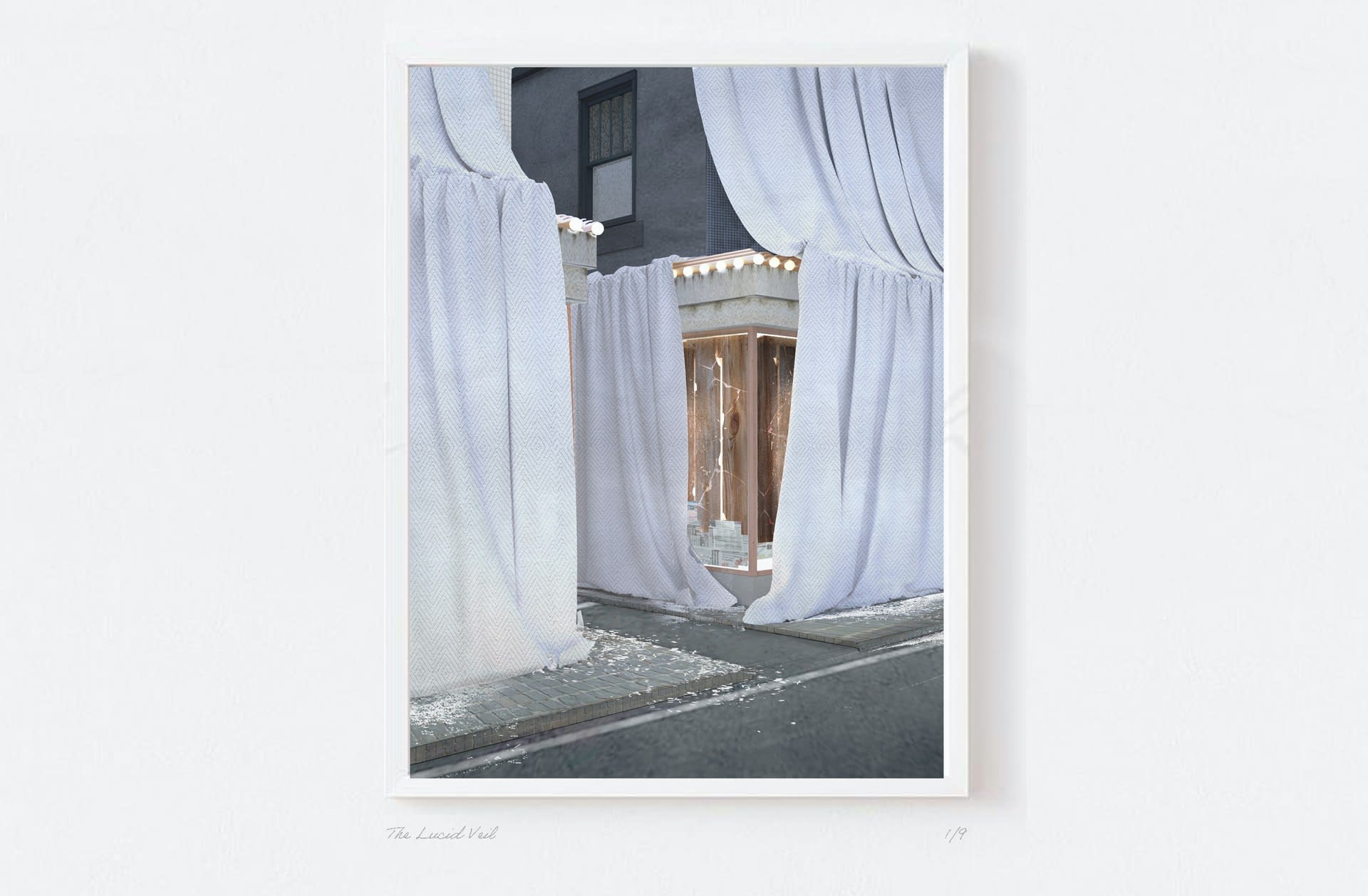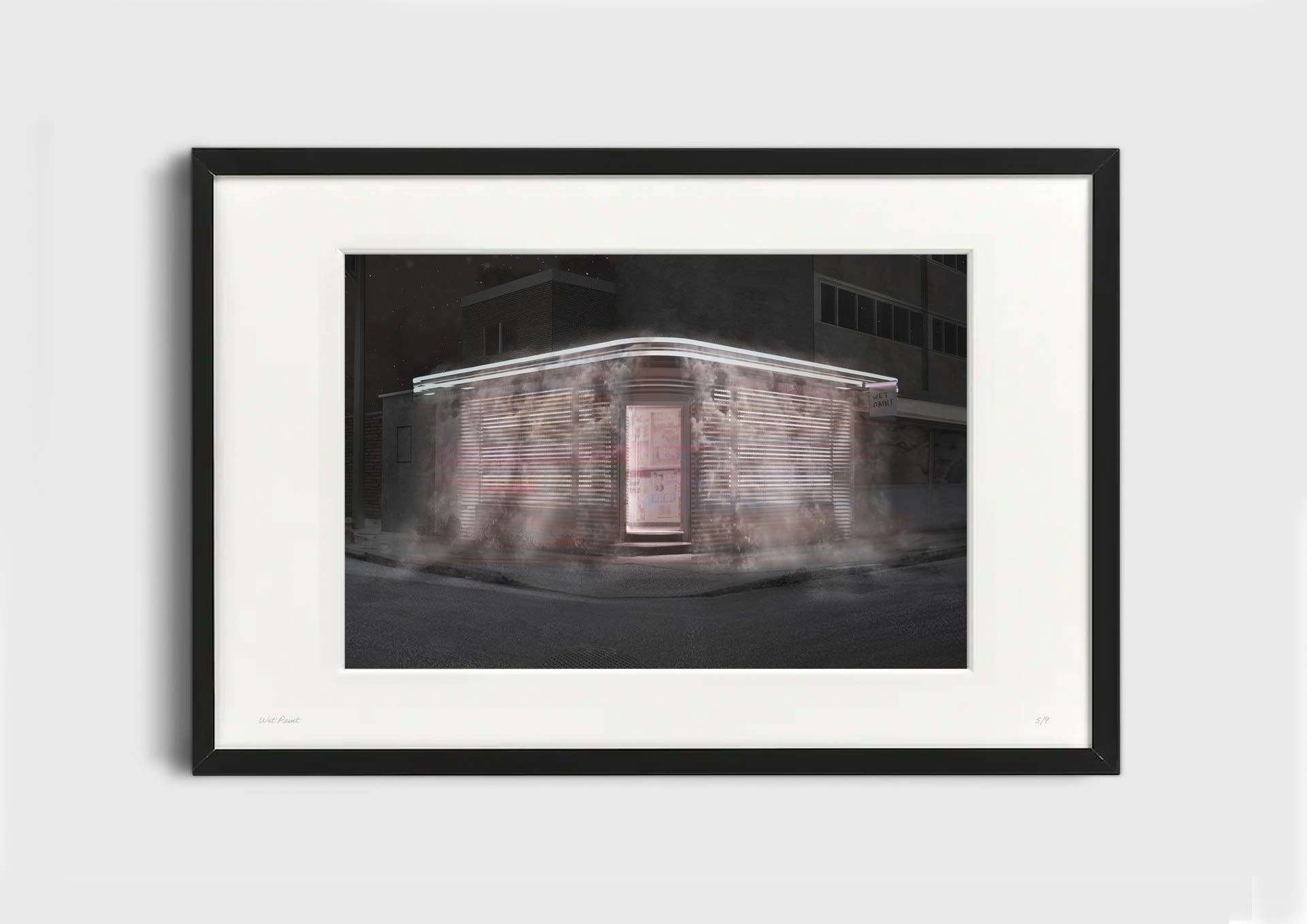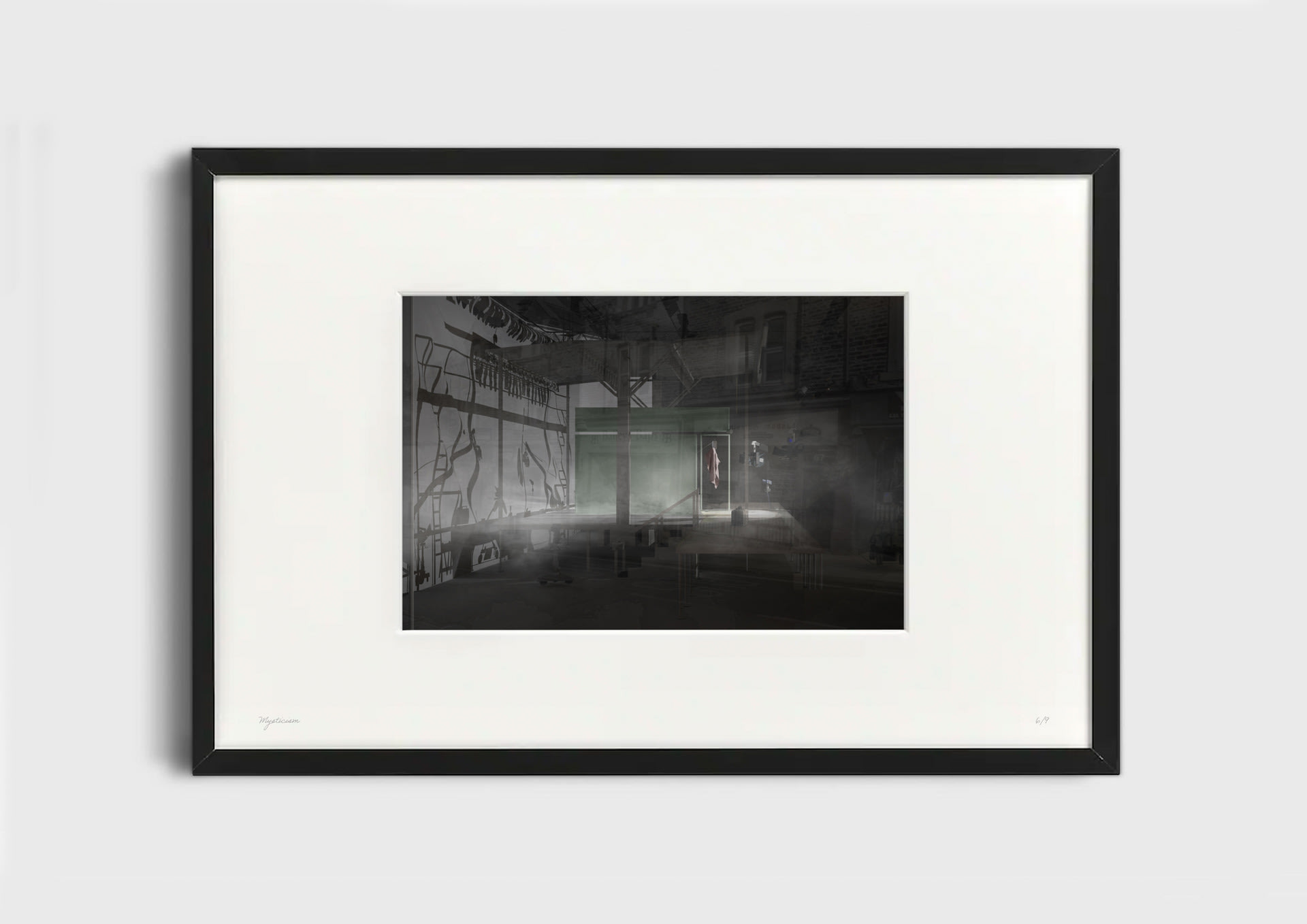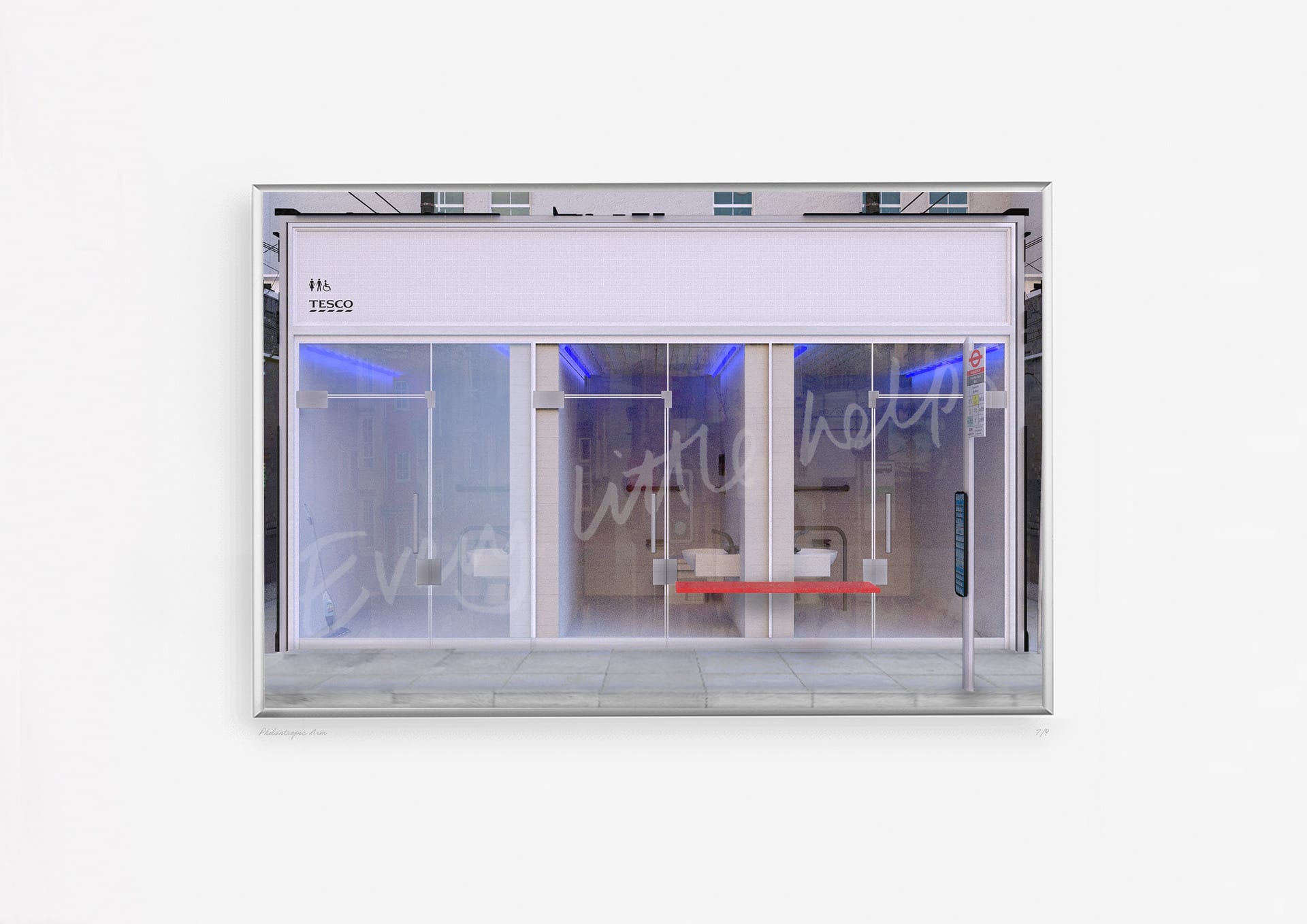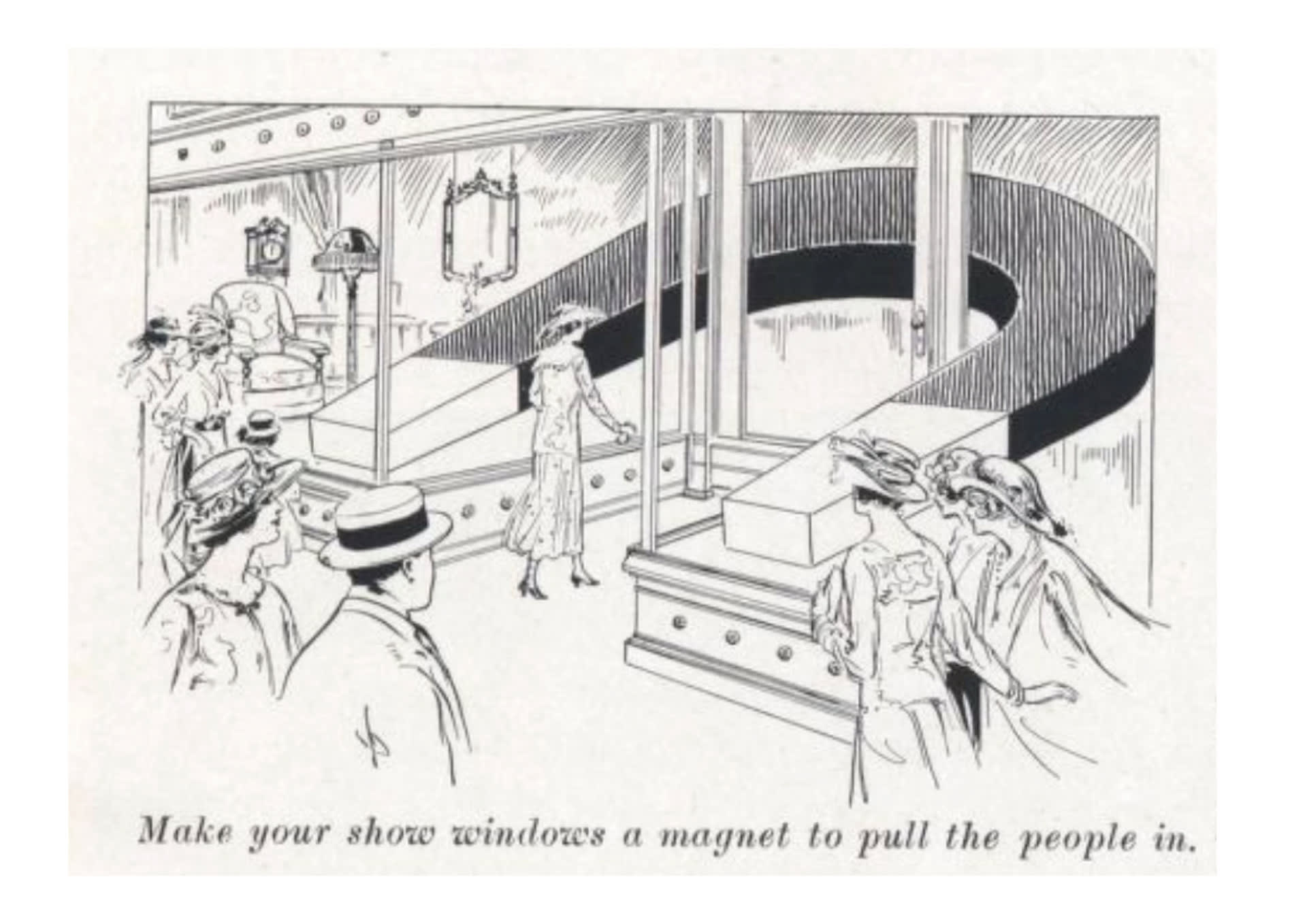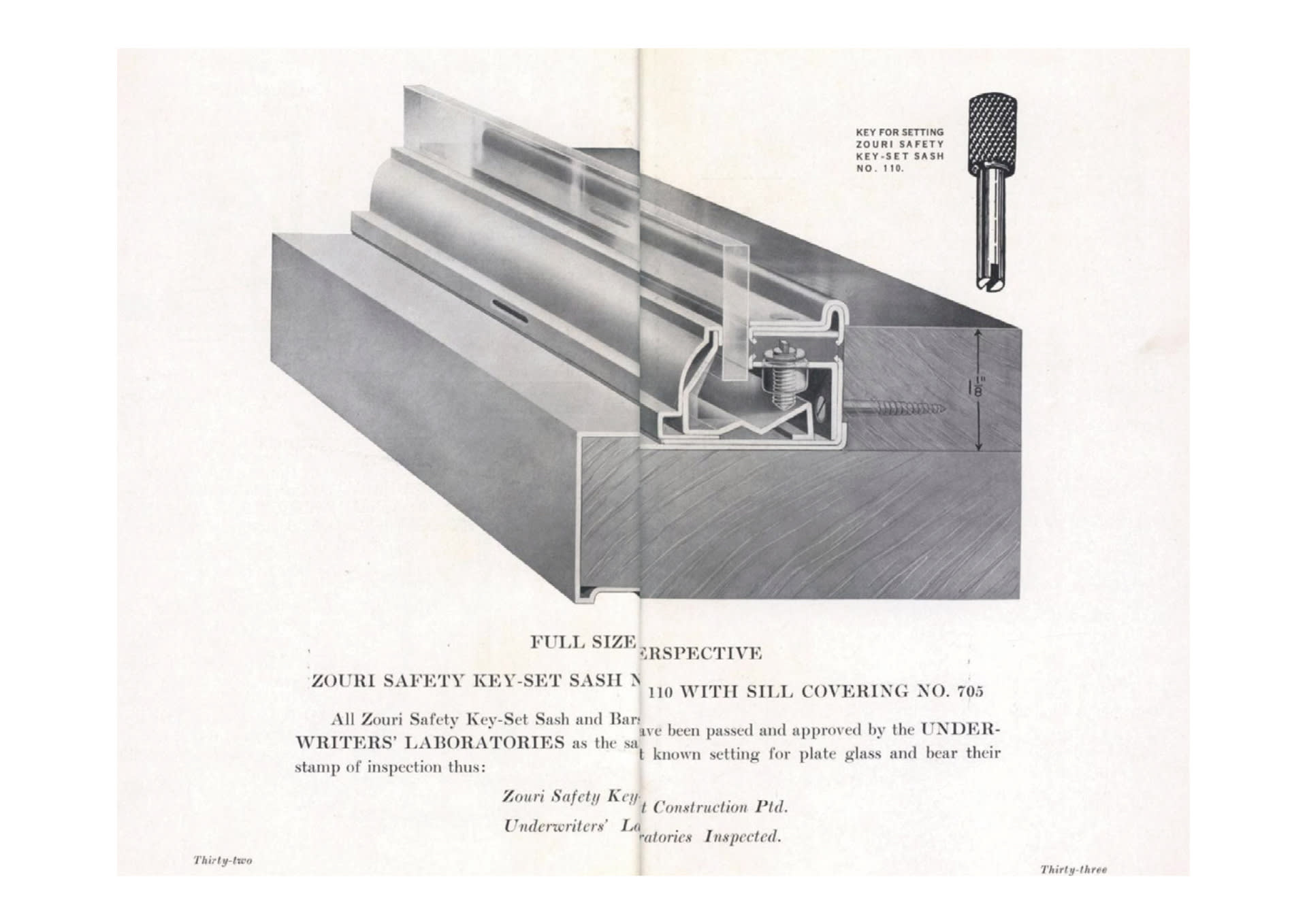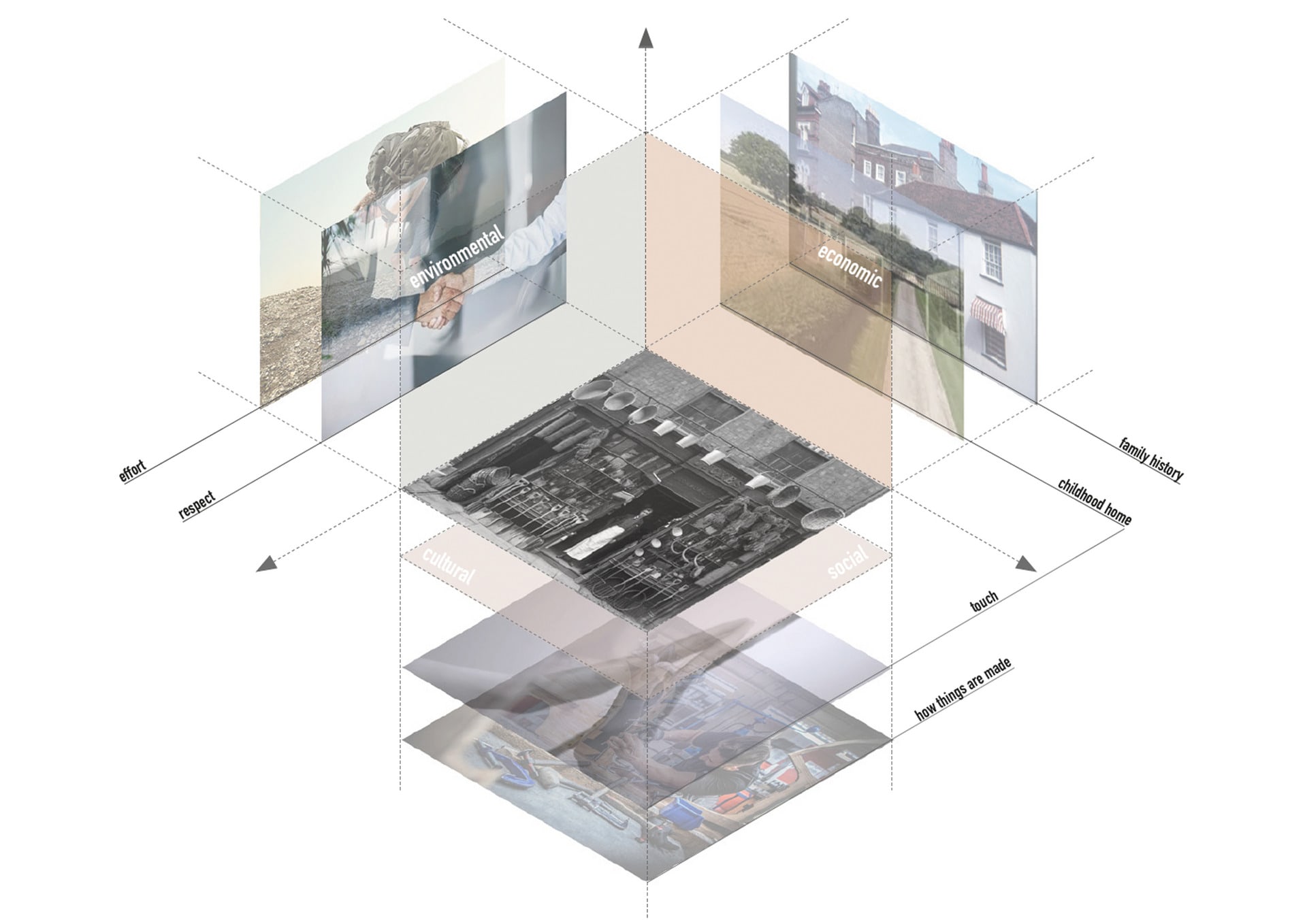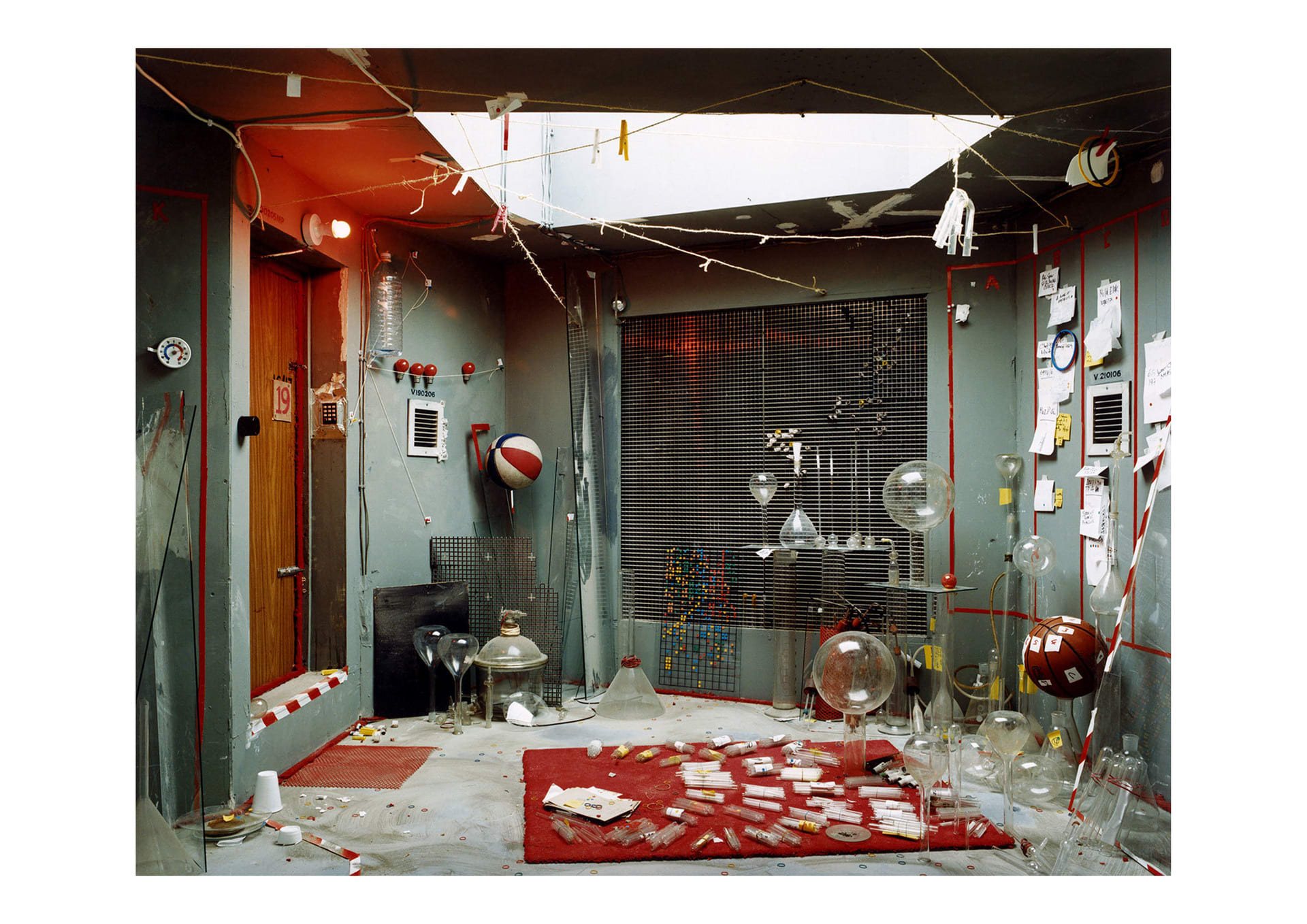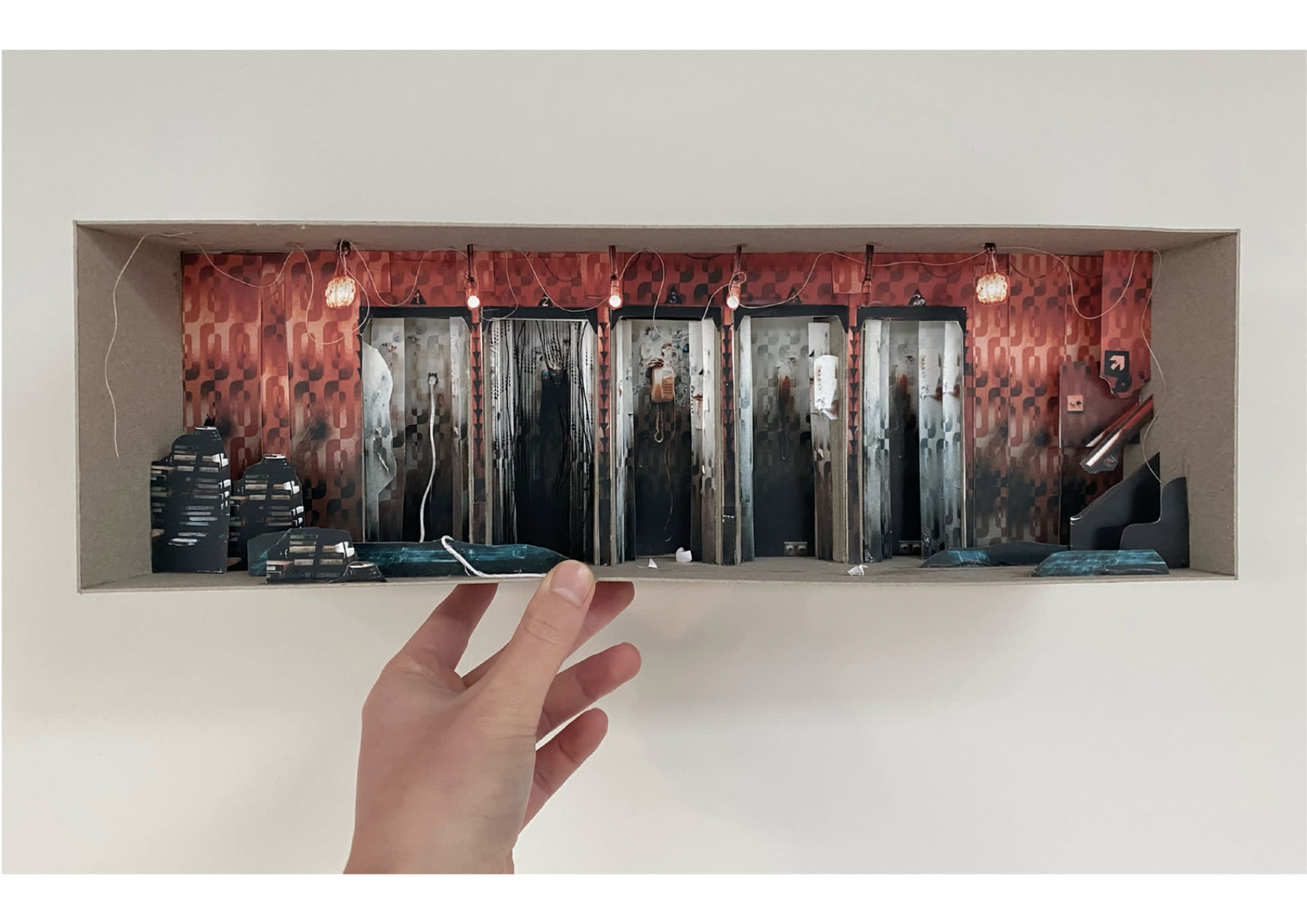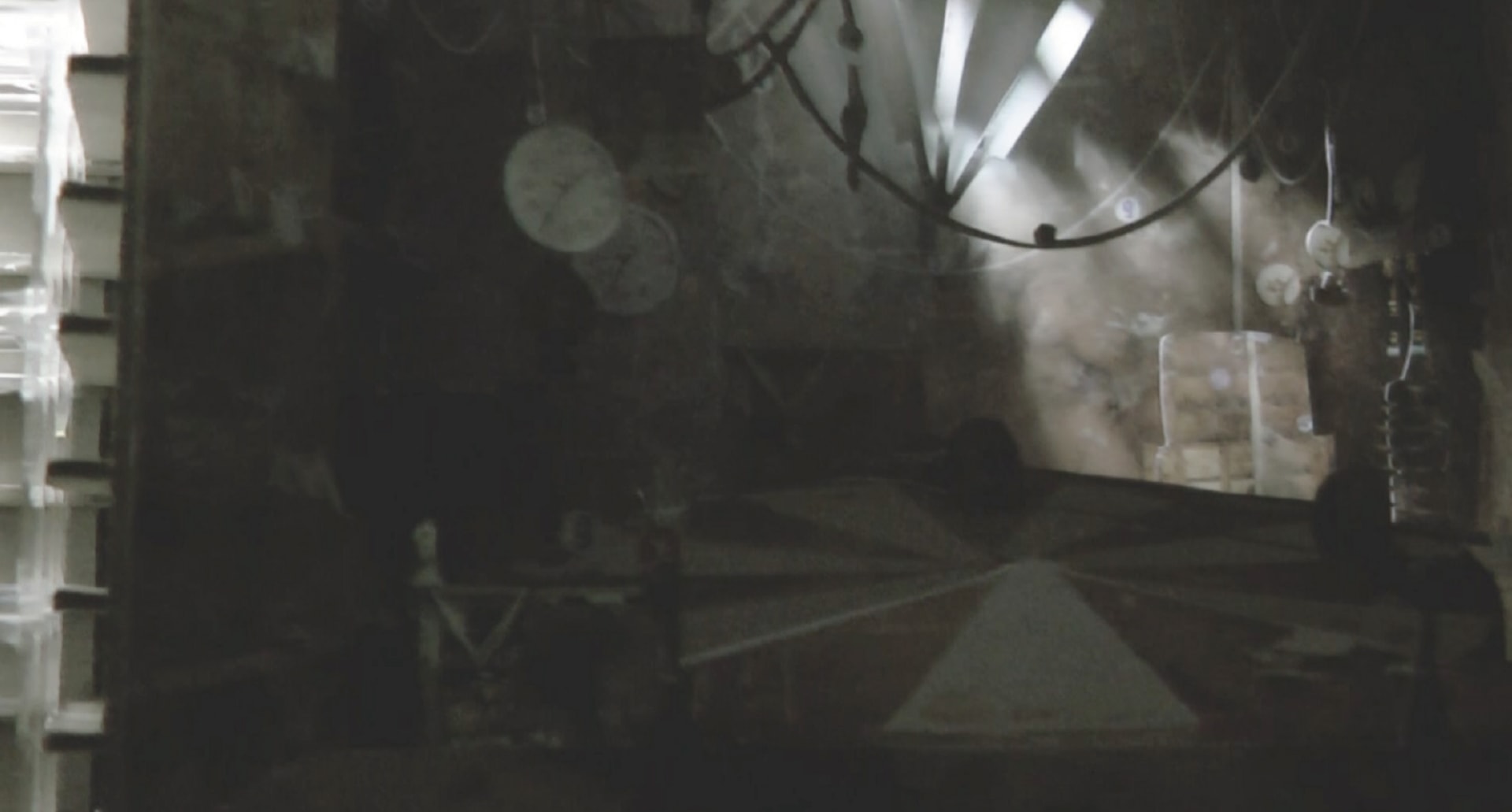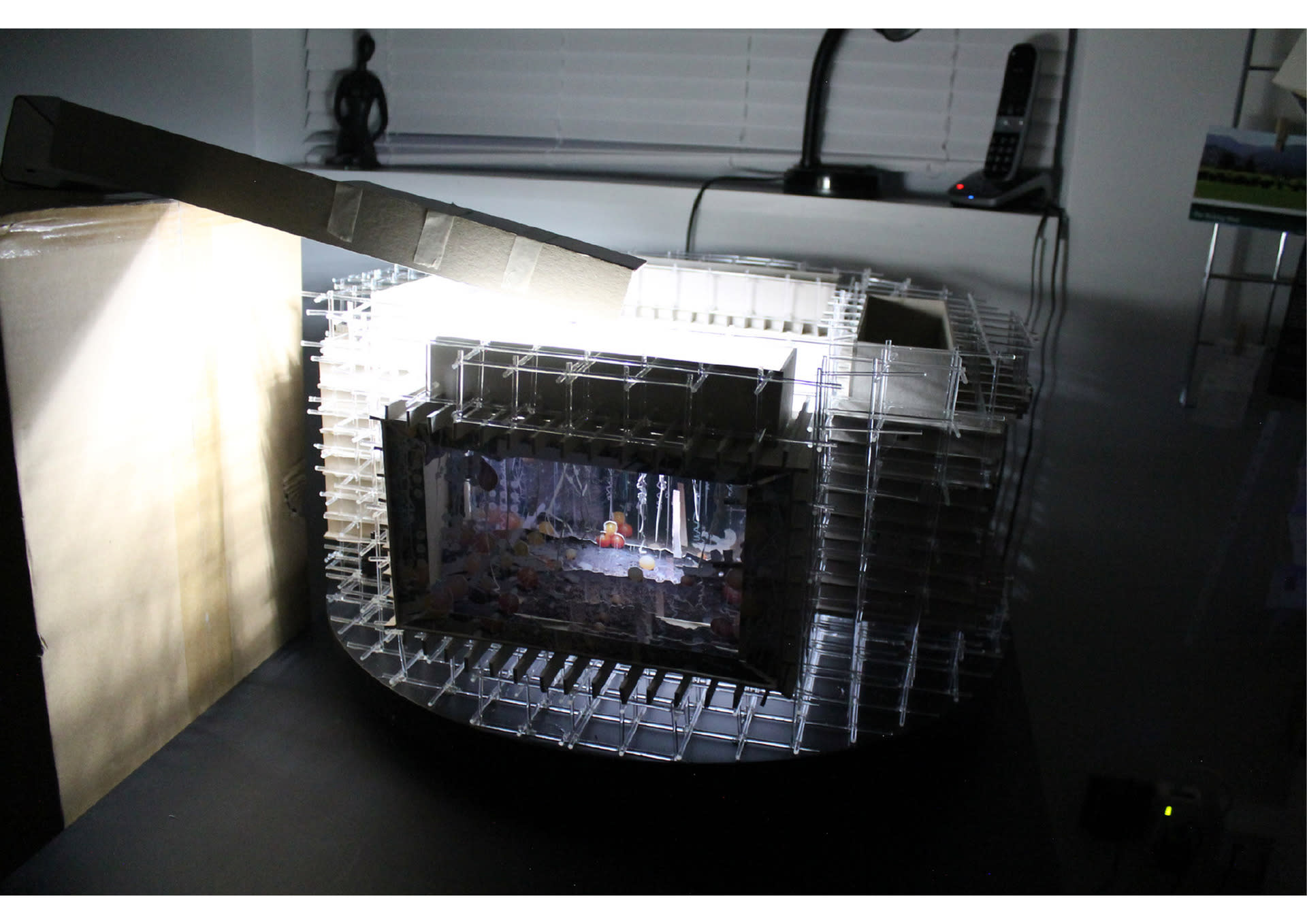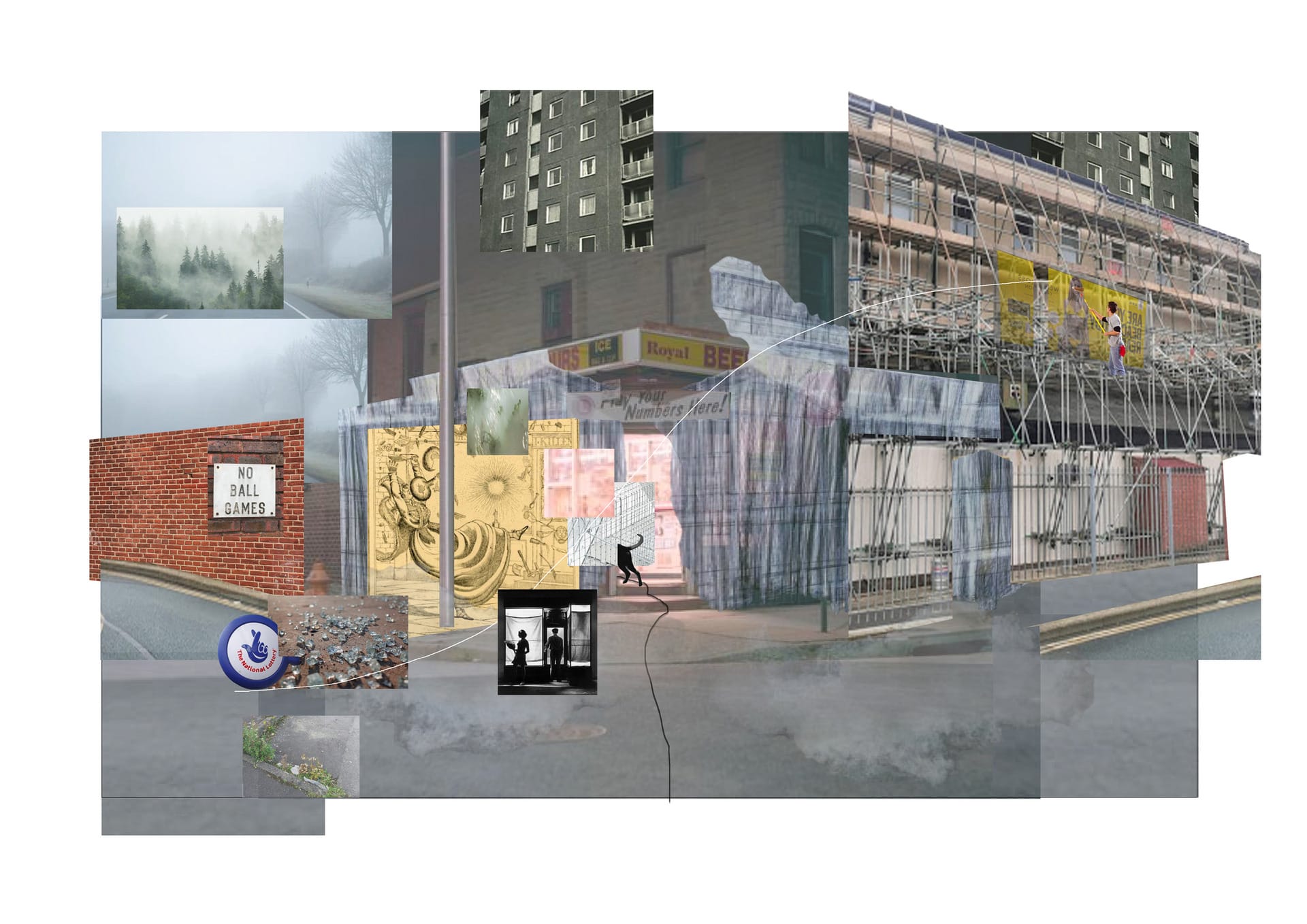Awakening from Smoothness
Reactualising the typology of the shopfront as a mechanism to lure, narrate and act as a vehicle for personal reflection.
Formed simply of a front door, glazed window and advertisement sign, the shopfront is often understood as the necessary enclosure of a place of commerce; more insightful descriptions portray it as the outward representation of brand identity. However, the project argues that this simple device can also be seen as a powerful mechanism to discuss the agency of architectural form. On one side largely unintelligible to its subject, and on the other, as both its mirror and its trap.
An object of careful scrutiny and calculation, the shopfront is designed to lure and crucially evoke the experience of non-conflicting contiguity, of easiness, of smoothness, marshalling technology to create such an uninterrupted experience. A trap that looks to capture attention and presence into the store, a precious first article of engagement in its economy and an act of deliberation that requires sophisticated understanding and empathy, a revealing closeness.
The shopfront can be seen as the ultimate trap, its ongoing transience reflecting our endless changes in society through time. If we study the shopfront as a type of architectural trap, we can train ourselves to extract a portrait of the subject that stares at the shopfront itself.
Simultaneously the window is a trap, it is also an object of empathy and reflection, an image that manages to demonstrate an unexpected potential to talk about much larger systems all linked to the current reality of when the photograph was taken.
The project examines these dimensions through a series of images, where I explore the shopfront as a project site, to demonstrate its potential and explore its limits. Each shopfront seeks to expose a specific mechanic of the trap, aiming to construct a vocabulary of the form that smoothness operates materially and crucially how it reflects our society and ourselves, not only as consumers, not only as it's designers, but as it's subjects.
Photograph: Stapleton & Sons, My Grandfather's Butchers Shop, Teddington High St.


